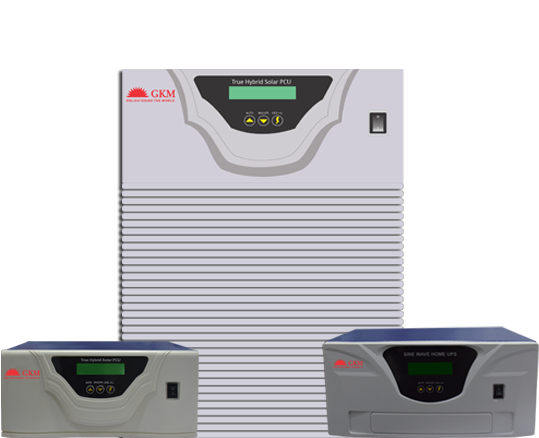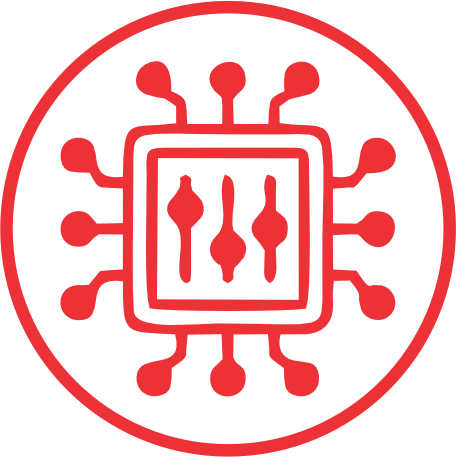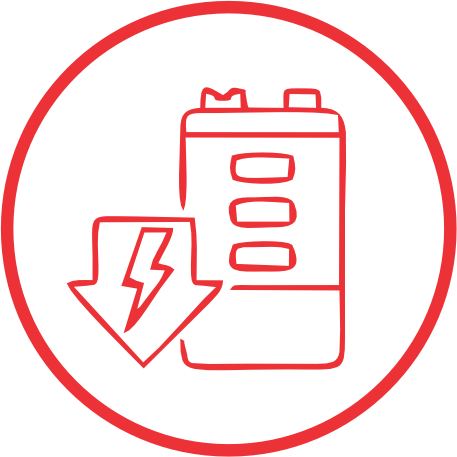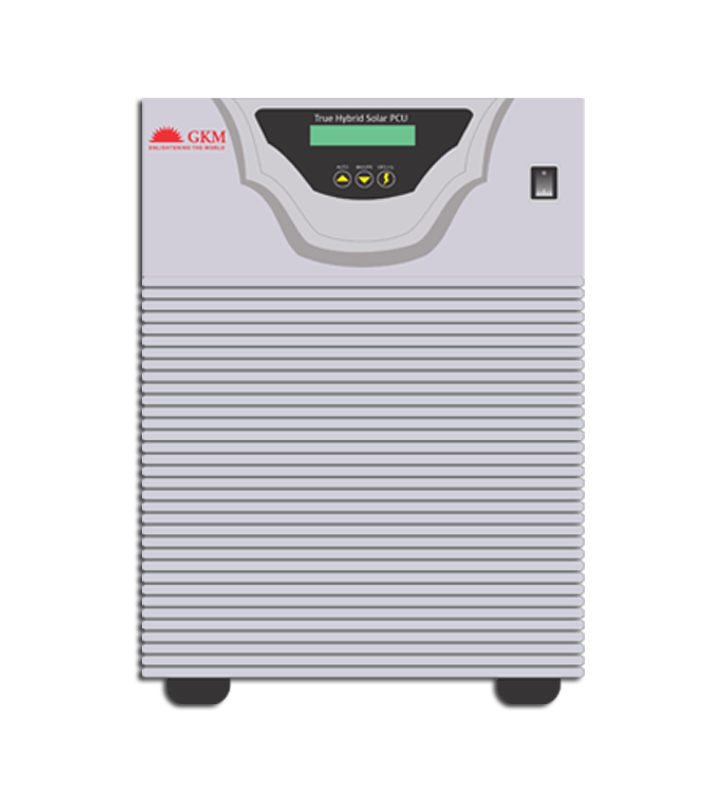Pwm Inverter (GKM Pure Power)
PWM (Pulse Width Modulation) solar inverters are a type of inverter technology used in photovoltaic (PV) systems to convert DC electricity generated by solar panels into AC electricity suitable for use in homes or to feed into the electrical grid. PWM solar inverters take the DC output from solar panels, which can vary depending on sunlight intensity and panel characteristics. In grid-tied systems, the AC output is synchronized with the grid frequency and voltage before it is fed into the grid through a synchronization process. PWM inverters still have their niche in specific applications where simplicity and cost are paramount, such as small off-grid systems or budget-conscious residential installations.








